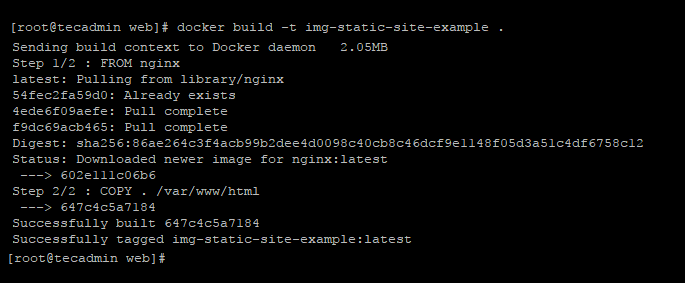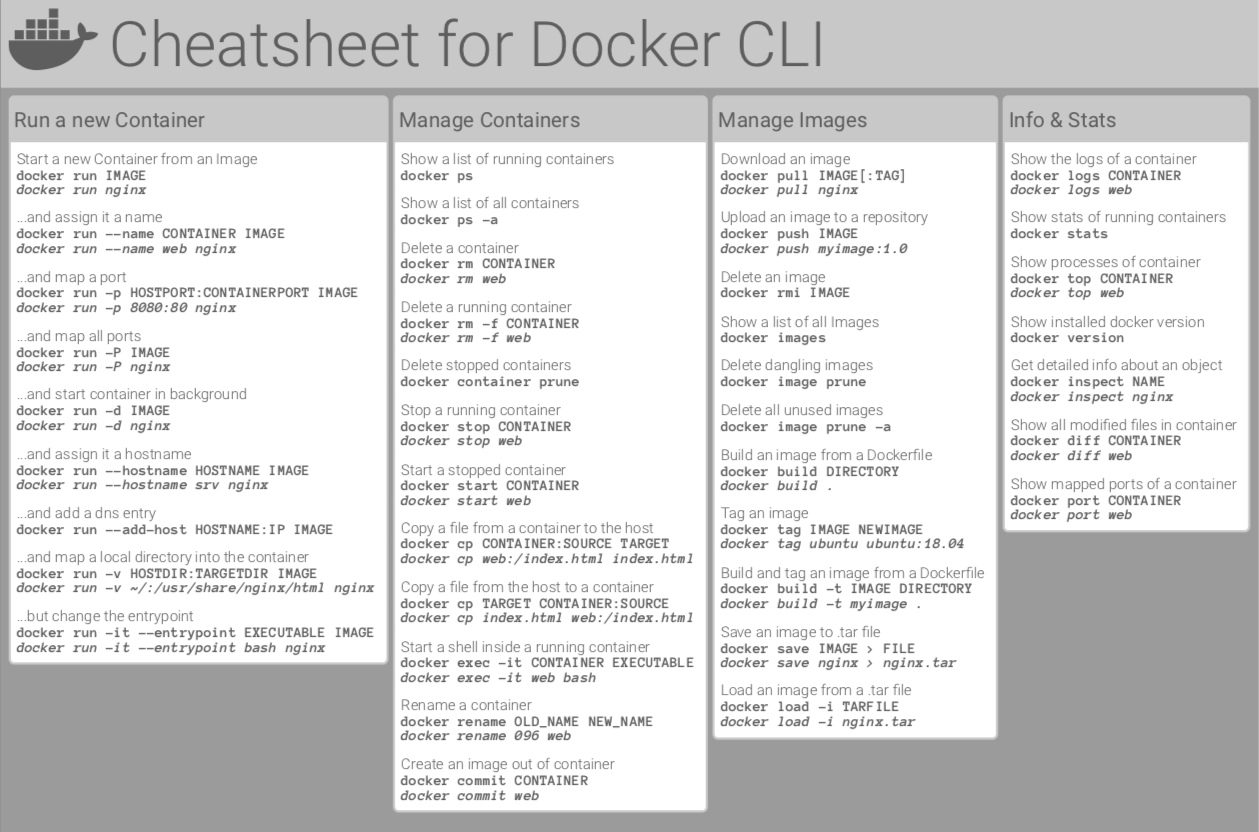

Execute the following command in your terminal. Let’s start our image and make sure it is running correctly. The docker run command requires one parameter and that is the image name. To run an image inside of a container, we use the docker run command. Now that we have an image, we can run that image and see if our application is running correctly.Ī container is a normal operating system process except that this process is isolated and has its own file system, its own networking, and its own isolated process tree separate from the host. We created our image using the command docker build. In the previous module we created our sample application and then we created a Dockerfile that we used to create an image. We hope that using this article, you will be able to get hands-on with running MySQL inside Docker containers.Work through the steps to build a Node JS image in Build your Node image. We discussed how we can simply pull a MySQL server image, create a container, and access the MySQL client using simple commands. To conclude, in this article, we discussed how we can leverage Docker containers to run MySQL without going through the hassles of downloading, installing, and configuring the MySQL servers and clients. This is very useful in microservices architecture. You can also create a MySQL container in another server, run the container in the background or detached mode, and access the server using the client in another machine. This method is useful if you want to run the MySQL server in the same machine as the one where you want to access the MySQL client.
#Docker run image in the background password#
Along with it, we have specified the -u option along with the name of the user which is the root, and the -p option which will generate a prompt asking us to input the password.Īfter you have entered the password which you mentioned in the Docker run command, you will now be able to get hold of the MySQL client and execute commands inside it. We have mentioned the MySQL command that we want to run inside the container. We have used the -it options to access the MySQL command-line client and interact with it. In the above command, the Docker exec command is used to run commands inside containers that are actively running or running in detached or background mode. Inside this terminal, we will run the Docker execute command to run the MySQL command inside the terminal. Now that our MySQL Server is actively running inside the container, keeping this container running, we will start a new terminal. At this point, we keep this container running inside this terminal and start a new terminal. Here, you can see that after executing the Docker run command, the daemon starts the MySQL starts, initializes the database, creates a root server, exposes ports, and is now ready for connection.


–name: This option allows us to specify a name to our container.Here, we have used the following options. $ docker run -name=mysql1 -p 3306:3306 -e MYSQL_ROOT_PASSWORD= -it mysql/mysql-server:latest Here, we will use the Docker run command to run a container associated with our MySQL Server image. If the image does not already exist, it will start pulling it from Dockerhub. If it finds a match, then it won’t pull the image, as that would be redundant. When you execute the pull command, the Docker daemon will first compare the digest of this image with all the images in your local machine.


 0 kommentar(er)
0 kommentar(er)
